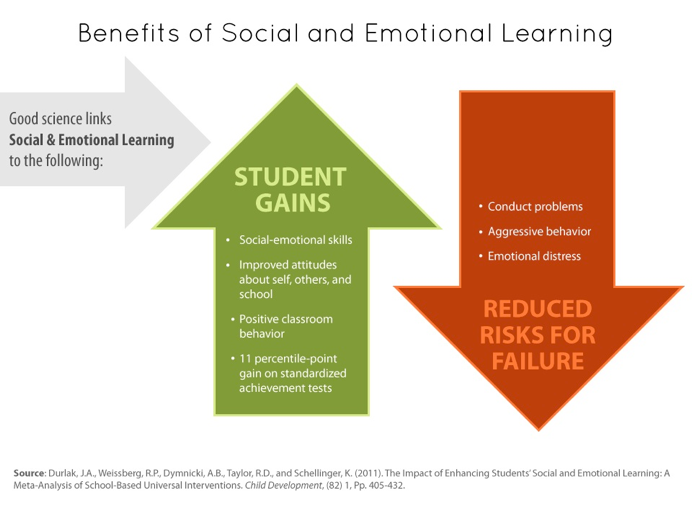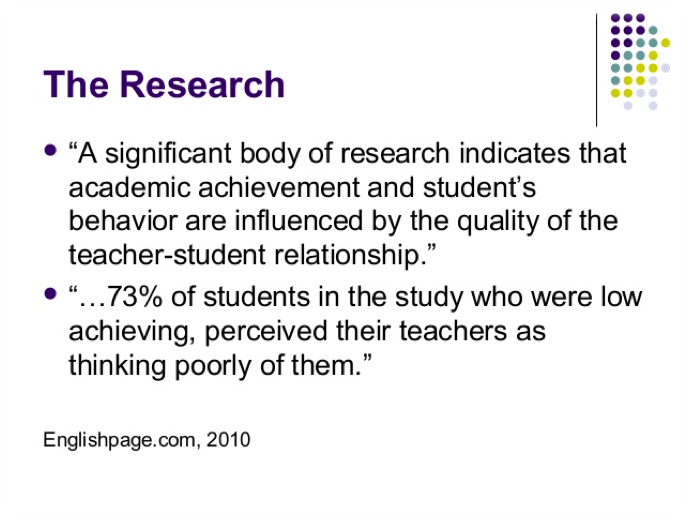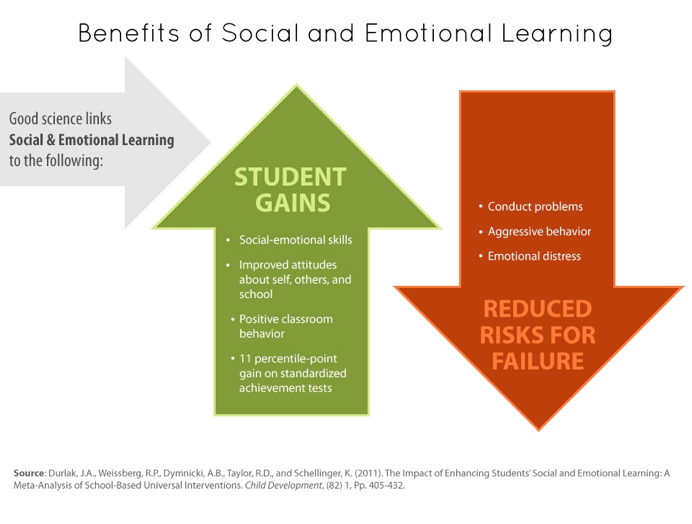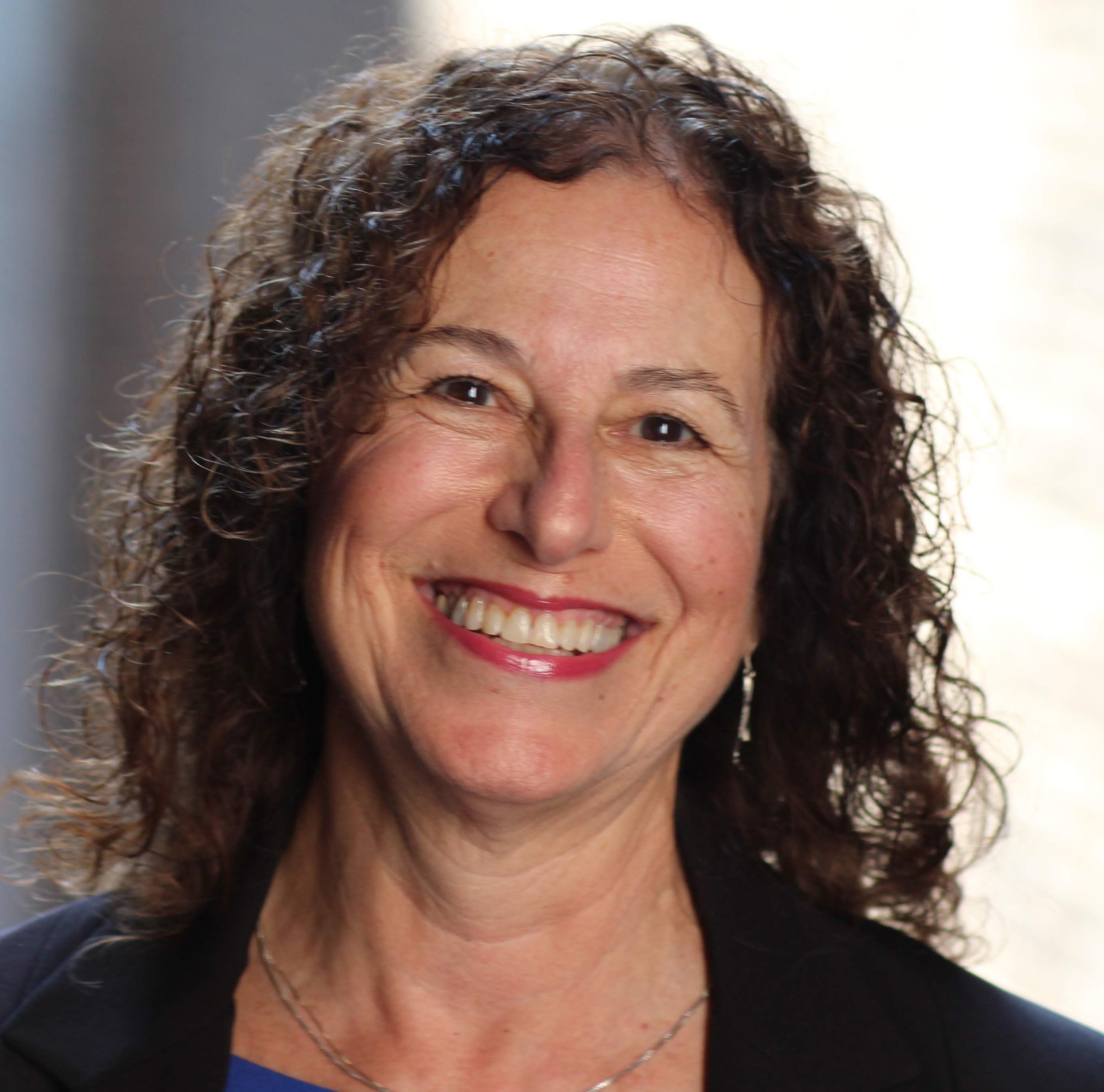Today teachers are frequently called upon to facilitate Social and Emotional Learning (SEL) activities with students. Whether the classroom teacher is the sole facilitator of an SEL activity or the teacher is partnering with an outside facilitator, teacher participation is immensely powerful in making a space safe for students and in sending a message of value about the program, be it our model program Violence Prevention Project (VPP) lessons, Restorative Justice circles, Bullying Prevention project work, or other SEL activities.
We know that as the leader of a school, the principal (or head) sets the tone for the entire community. Similarly, teachers are the leaders in their classroom and set the tone for their groups of students and any auxiliary teaching staff. Through participation in interactive SEL activities, teachers have a chance to ensure they are setting a positive, engaging tone and make deep personal connections with their students. When a teacher decides not to participate, that sends the message that ‘this learning is not important’ and squanders a valuable opportunity to bond with students on a more human and personal level.
It can be tempting, with so much emphasis on academic improvement, to dismiss SEL programs because we don’t have time for them or they are out of a teacher’s purview. When we chart the outcomes of effective SEL programs, educators can see what a good investment they are: students have been shown to attend class more and focus better on their academic work, while teachers need less time to address behavioral issues on a daily basis, allowing them increased uninterrupted classroom instruction time.

Hands-on activities offer an active role for the teacher. This role can vary depending on the lesson and the structure of the program. For some activities, the teacher can flow through the room, touching base with individuals and small groups to see if they need extra support. If there is an outside facilitator partnering with the teacher, as our Leadership Trainers do in some schools, the teacher and facilitator can divide responsibilities, taking on different tasks: scribing, giving instructions, providing group support, processing with the Experiential Learning Cycle, or participating along with the students. Several years ago, when I was a Leadership Trainer, one of my partner teachers chose to facilitate the warm-up to the activities, and thereafter jump in as a participant. He stretched his comfort level to facilitate part of the lesson, serving as a great role model for his students about trying something new.
Another partner teacher I worked with participated along with her small cohort of 9th grade Special Education students, making the space safe for them. Her genuine commitment to learning along with her students was immensely powerful. During processing of the lesson “I Am Great Grid”we arrived at a generalization that you can’t always count on others to spotlight your good points, she had her own ‘aha!’ moment; she became aware that she had been calling home when students were acting problematically, but not when they had a particularly good day. She decided that moving forward she would make a point of calling parents when students had a really good day. The students benefitted from her participation on multiple levels; seeing their teacher self-reflect and discover an improvement she could make in her own approach made it safe for them to share areas where they could improve, and showed them that mistakes are occasions for learning. Additionally, they now had calls home to their parents celebrating the times they were living up to behavior expectations and doing their work. A powerful change from a simple activity, because the teacher participated fully.
Even as a sole facilitator, the teacher can guide the lesson through participatory facilitation. In a musical chairs-type activity we call “Switching Places”, the teacher be the first person in the center, starting the activity off by stating something true about himself. The teacher then monitors the flow of the activity while participating, and when the group is ready, either lets himself be caught in the center or indicates to a student in the center how to move the activity to the next level, continuing through 2 to 4 levels depending on time and the comfort level of the group. You cannot imagine the power of students witnessing their teachers sharing personal preferences, or admitting that they lied once or got in trouble at home when they were teens. The teacher is humanized in a way that is not possible otherwise, and counter to some adults’ fears about being vulnerable with the students, he or she earns more respect from, and a deeper connection with the students.
Lastly, but certainly not least, greater teacher involvement in activities with students not only deepens connections in the ways illustrated above, it provides a safe space for students to be more unguarded in their interactions with their teachers. Building this kind of trusted relationship with students has been shown to be a key factor in school success.

Teacher participation in SEL activities is a powerful strategy to use in connecting with youth. It may be a stretch of the teacher’s comfort zone, but we do well to remember that every day we ask students to try something new, something that may be far out of their comfort zone. When we share our humanity, model fallibility with humor and grace, and make the classroom a safe space in which to try something uncomfortable or new, we create stronger bonds with students and teach them vital skills for success in life.
Where have you found success in participating in SEL activities? Where have you struggled? Let us know in the comments section below. We’re here for you to both celebrate and triage—whatever is necessary.
"The Importance of Teacher Participation in SEL Activities", The Leadership Program, Inc. 2016



Comments [0]
Click here to read/write comments